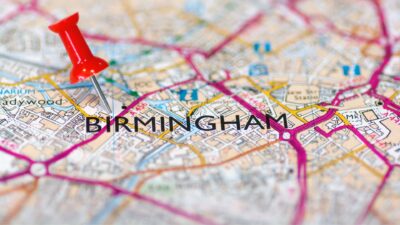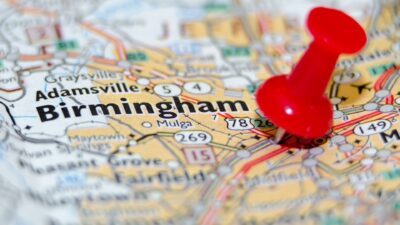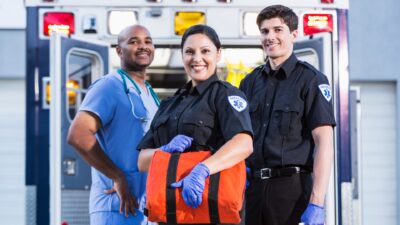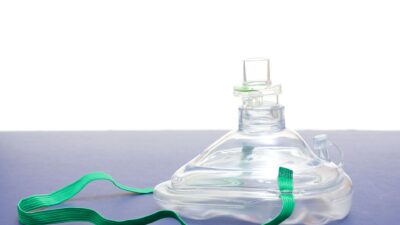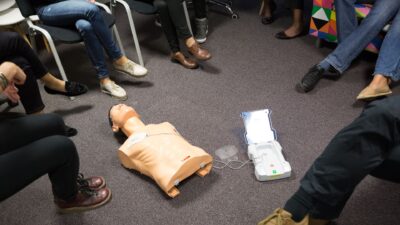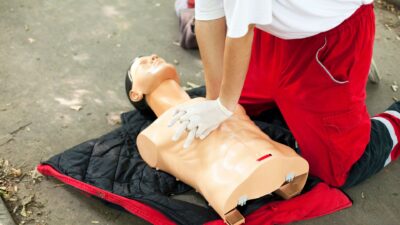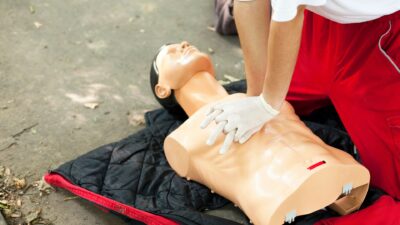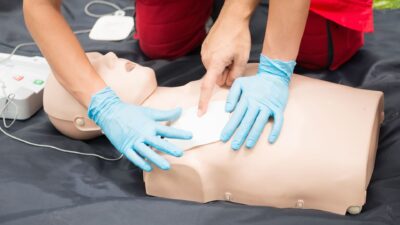
How to Refresh Your CPR Skills: Tips for Recertification in Birmingham
Staying up to date with your CPR certification ensures you can provide effective life-saving assistance when needed. Whether you’re a healthcare professional or a concerned citizen, refreshing your CPR skills is essential for maintaining confidence and competence. However, many individuals overlook the importance of periodic training, assuming that their initial certification will carry them indefinitely….
Read More
